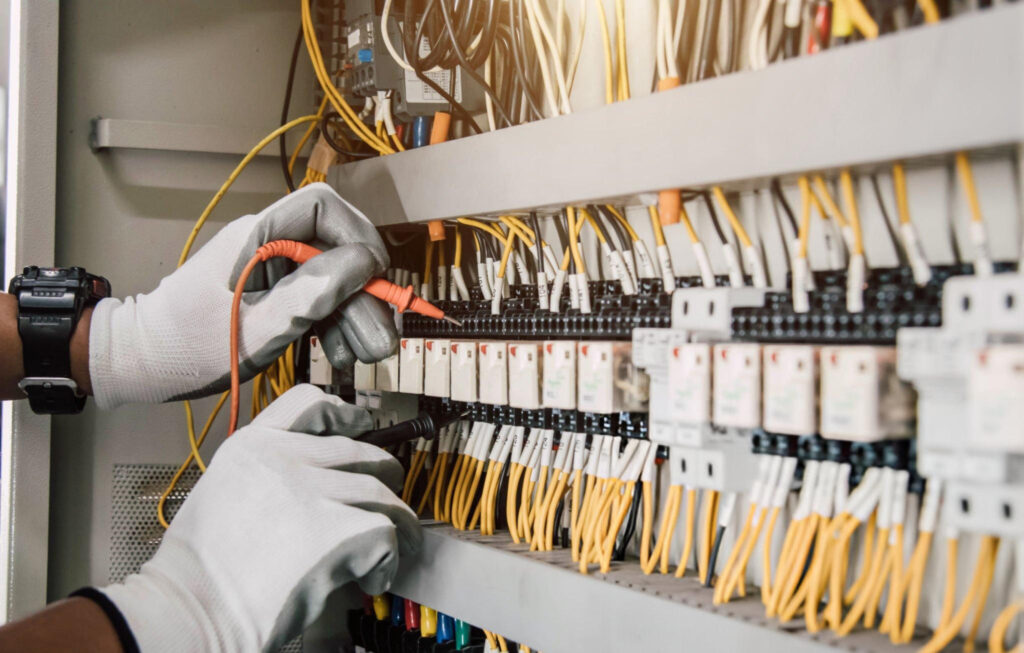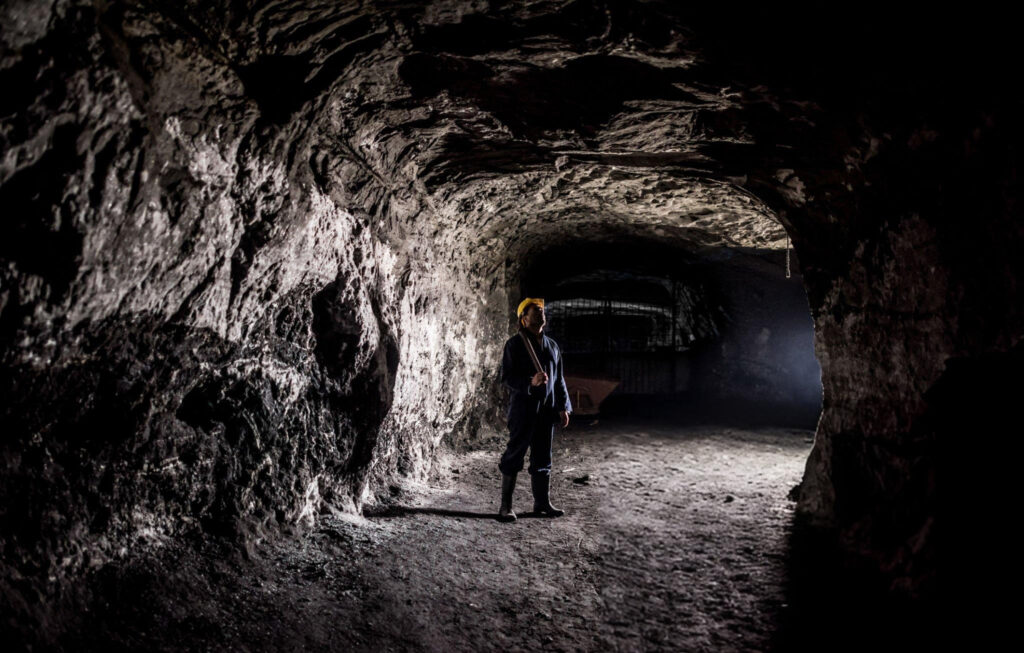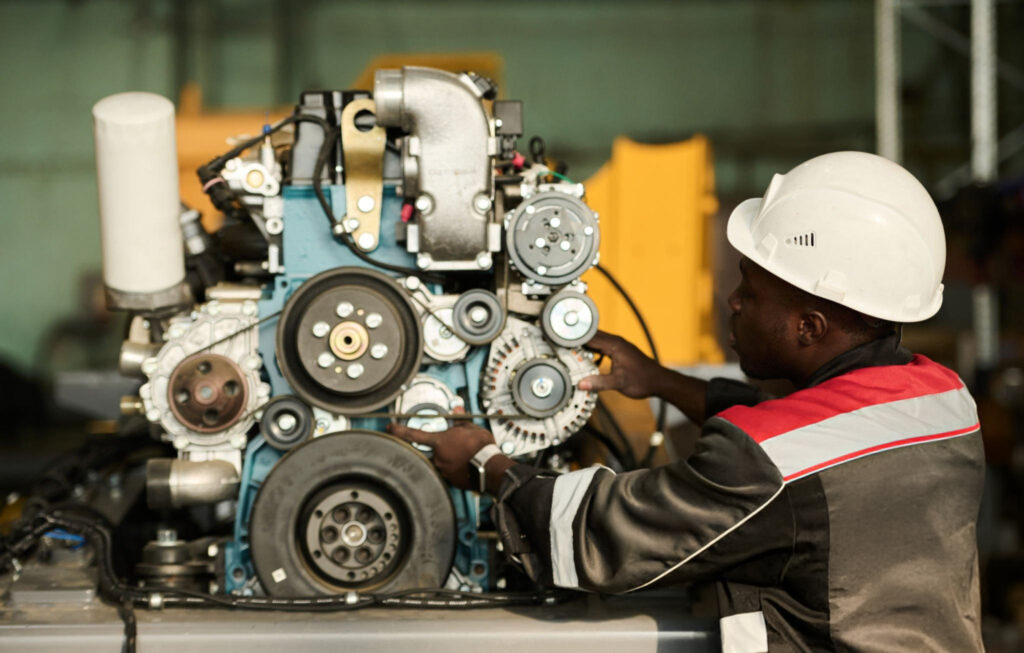Let’s not sugarcoat it — the job market is moving mad in 2025.
While some careers are thriving (hello, tech bros and content creators), others are doing slow fade-outs like Nollywood villains. Automation, AI, and new tech aren’t just changing how we work — they’re straight up replacing some jobs.
So, before you build a career around that “safe” job your uncle recommended in 2009, here’s a quick look at the top 10 jobs going extinct-style this year:
1. Word Processors and Typists

Why it’s dying: In the age of voice notes, ChatGPT, and auto-correct, who’s still typing 60 wpm manually? Offices are using AI-powered tools, and that typing pool from the 90s? It’s now just… a pool.
2. Data Entry Clerks

Why it’s dying: Machines now read and sort data faster than humans ever could — and they don’t take lunch breaks or complain about NEPA. Most companies are automating this role completely.
3. Telephone Operators

Why it’s dying: “Press 1 to speak to a representative.” That’s not a human — that’s a bot. With auto-responses and IVR systems getting smarter, actual phone operators are becoming relics.
4. Switchboard Operators

Why it’s dying: Back in the day, you needed humans to manually route calls. Now? VoIP and software do it faster, cheaper, and without mood swings.
5. Telemarketers

Why it’s dying: No one’s answering unknown numbers again. We’ve all been scammed too many times. Plus, digital ads and influencer shout-outs now sell more than cold calls ever did.
6. Foundry Mold and Coremakers

Why it’s dying: Traditional manufacturing is getting a makeover — think 3D printing and CNC machines. The metalwork and mold-setting jobs of old are slowly becoming museum exhibits.
7. Machine Operators (Underground Mining)

Why it’s dying: Robots are now doing the dirty work — literally. Mining companies are using autonomous machines to reduce risks and costs. Human operators? Fewer and fewer needed.
8. Patternmakers (Metal & Plastic)

Why it’s dying: AutoCAD and digital modeling are now doing what used to take hours of manual pattern work. Why hand-draw when a software can whip it up in 10 minutes?
9. Engine and Machine Assemblers

Why it’s dying: Assembly lines now come with robotic arms and AI. No shade, but the machines are just faster and more accurate. Human assemblers? Phasing out slowly.
10. Order Clerks

Why it’s dying: Online shopping platforms process orders with zero human input. Between Shopify, Jumia, and warehouse bots, nobody’s sitting at a desk keying in orders anymore.
The Bottom Line:
These jobs aren’t disappearing because people are lazy. They’re disappearing because machines are getting smarter and businesses are trying to cut costs. If you or someone you know is in any of these roles — it’s not the end. But it’s time to pivot, upskill, or switch lanes.
Tech isn’t coming for all the jobs — just the ones it can do better. The real flex in 2025 is staying ahead of the curve.





